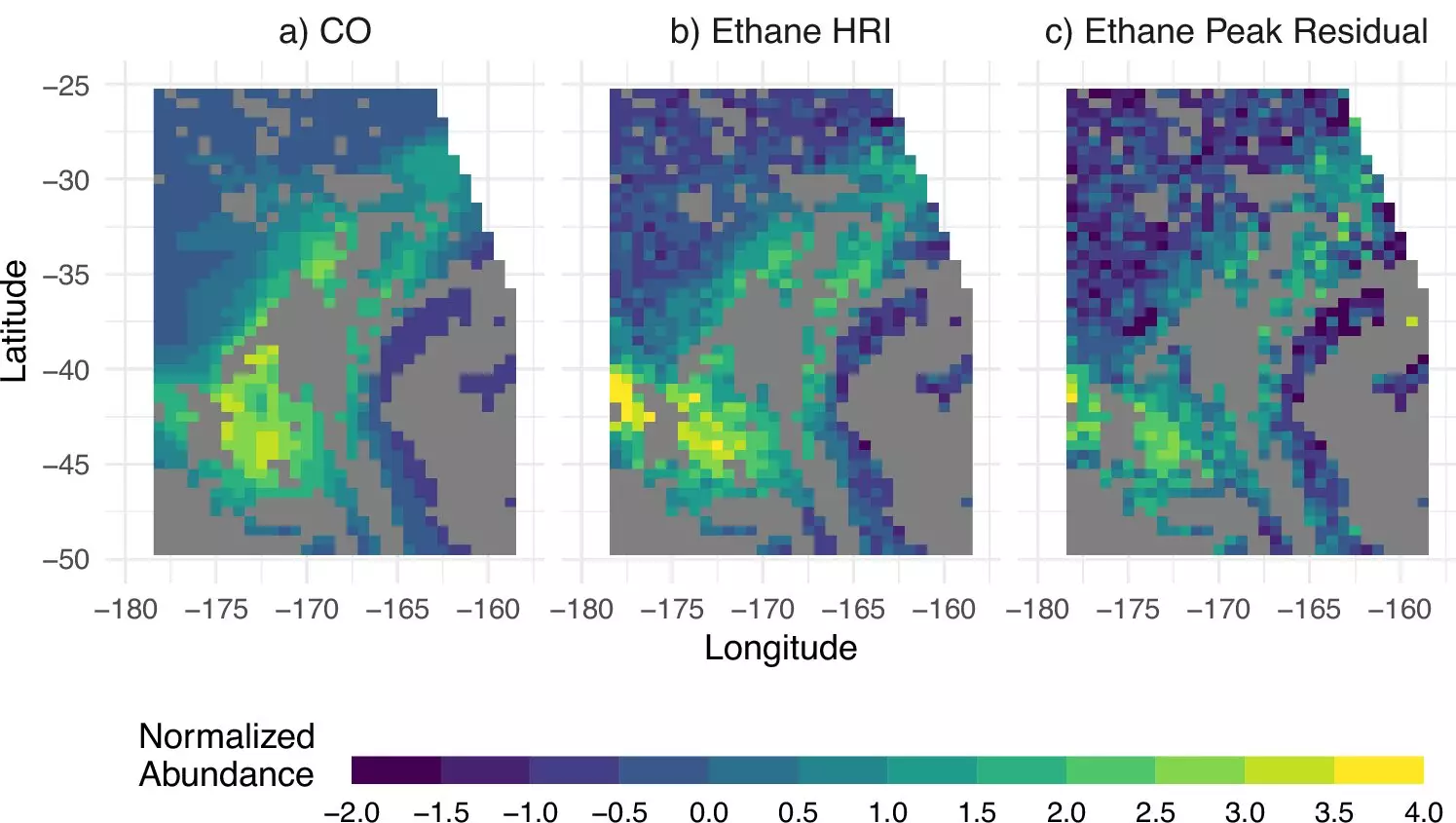The University of Minnesota researchers have made significant strides in the field of tracking ethane emissions from space. This new tool developed by the researchers allows for a better understanding of fossil fuel emissions on a global scale. Ethane, a component commonly found in natural gas, plays a crucial role in plastics manufacturing. The recent publication in Nature Communications outlines how measurements from a satellite-based instrument can provide valuable insights into how infrared radiation emitted by Earth interacts with the atmosphere and escapes into space.
Oil and gas extraction processes have a detrimental impact on air quality and contribute to climate change. It is essential to accurately measure and monitor these emissions to understand their environmental implications fully. Ethane, being a key component in fossil fuel emissions, is particularly challenging to quantify due to the lack of precise measurements and the presence of other pollutants with similar sources. This new tool offers a groundbreaking approach to tracking ethane emissions, paving the way for more comprehensive studies on the subject.
The researchers utilized a machine learning algorithm to analyze the satellite measurements and map ethane concentrations over major oil and gas basins worldwide. The findings revealed that the Permian Basin in western Texas and southeastern New Mexico exhibited the highest levels of ethane emissions globally. This single basin alone accounted for a significant portion of the total fossil fuel ethane source. Moreover, the observations indicated that ethane emissions from the Permian Basin were severely underestimated, highlighting the urgency of accurately measuring and addressing these emissions.
This research marks a significant step towards utilizing satellite measurements to monitor ethane emissions in the atmosphere. The development of tools that ensure measurement continuity into the future, such as planned instruments for launch into geostationary orbits, will enable real-time monitoring of fossil fuel emission changes. The ability to track ethane emissions on a global scale provides valuable insights for policymakers and environmental agencies to devise more effective strategies for reducing air pollutant emissions. The lead author, Jared Brewer, emphasized the importance of this new tool in identifying and addressing the missing ethane emissions worldwide, with a particular focus on the Permian Basin as a primary ethane emitter.
The development of this innovative tool by the University of Minnesota researchers represents a significant advancement in the field of tracking ethane emissions from space. By utilizing satellite measurements and cutting-edge technology, researchers can now gain a better understanding of fossil fuel emissions and their environmental impact. This groundbreaking research sets the stage for future studies aimed at mitigating the adverse effects of ethane emissions and promoting sustainable environmental practices.

